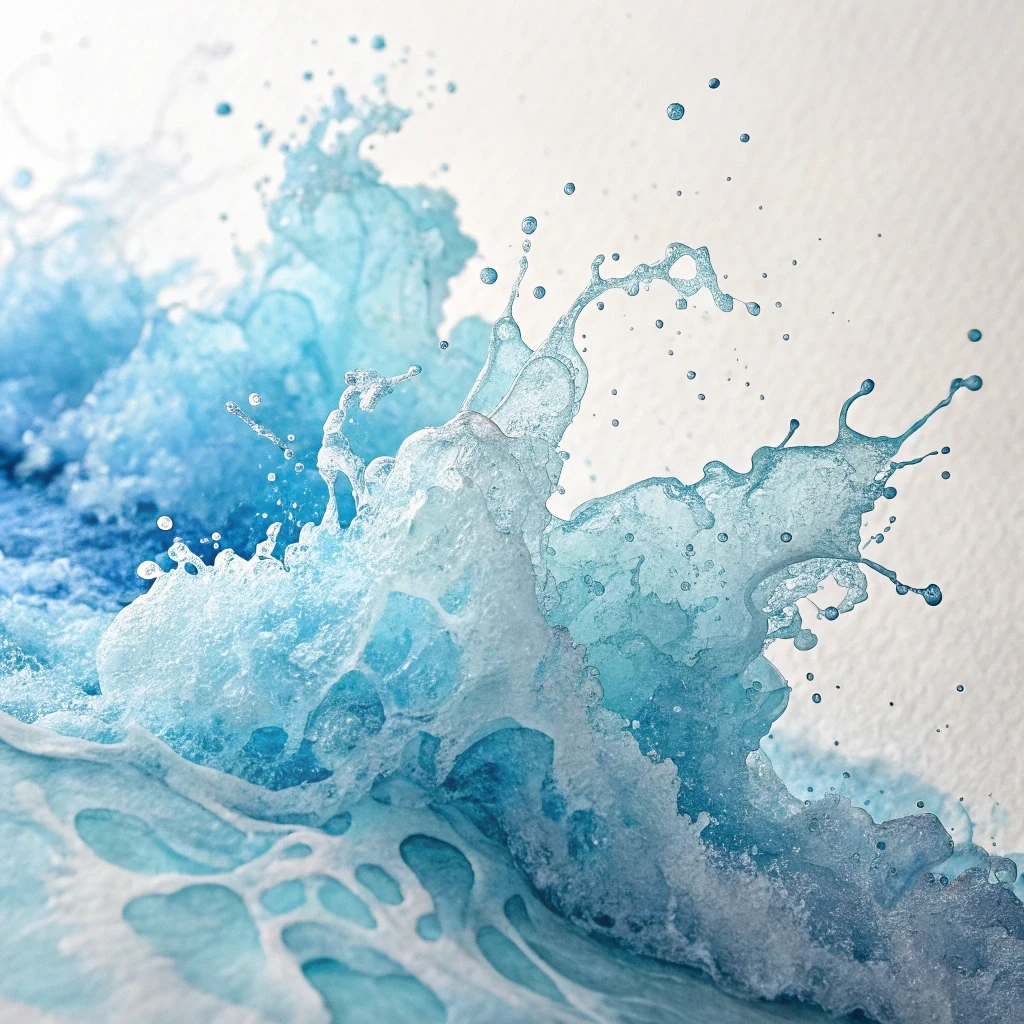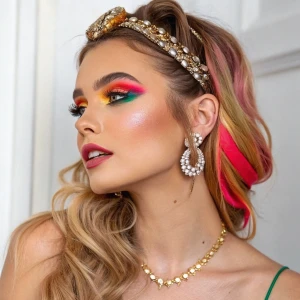Legal uncertainty is still surrounding the work obtained from AI text-to-image generators. AI software is trained on billions of images and afferent descriptions already on the web. Most popular image-generating softwares using artificial intelligence include Dall-E2, MIdjourney, GPT-3, Stable Diffusion by Nividia, Photoshop, Google tools, etc. Such software allows infinite creative combinations of images, all based on a written prompt. This new technology combines a neural network called CLIP which connects words to images, and a series of preexisting image-generation models, and it evolves at a speeding rate. This combination resulted in the kind of technology almost unheard of a couple of months ago, which startles through its technical capacity. Still, it also poses a series of ethical issues (DAll-E by itself is trained on 650 million previously existing and probably copyrighted images).
Questions are still surrounding this relatively new area of technology and art production: who has the copyright for the new images or videos obtained from text to Image generators? How can this new product of AI be used? Or what is the value of these visual works on the stock photography market?

